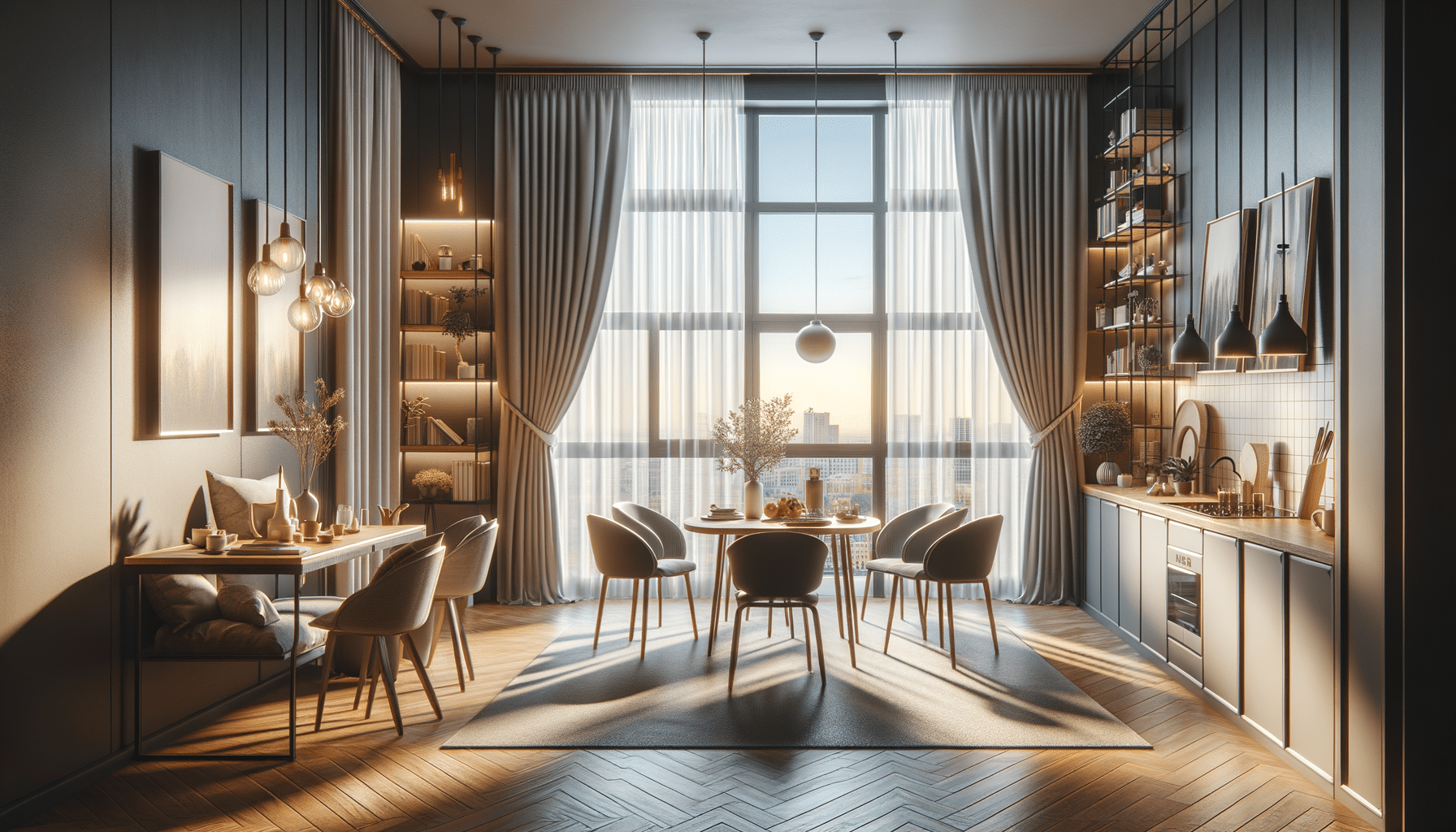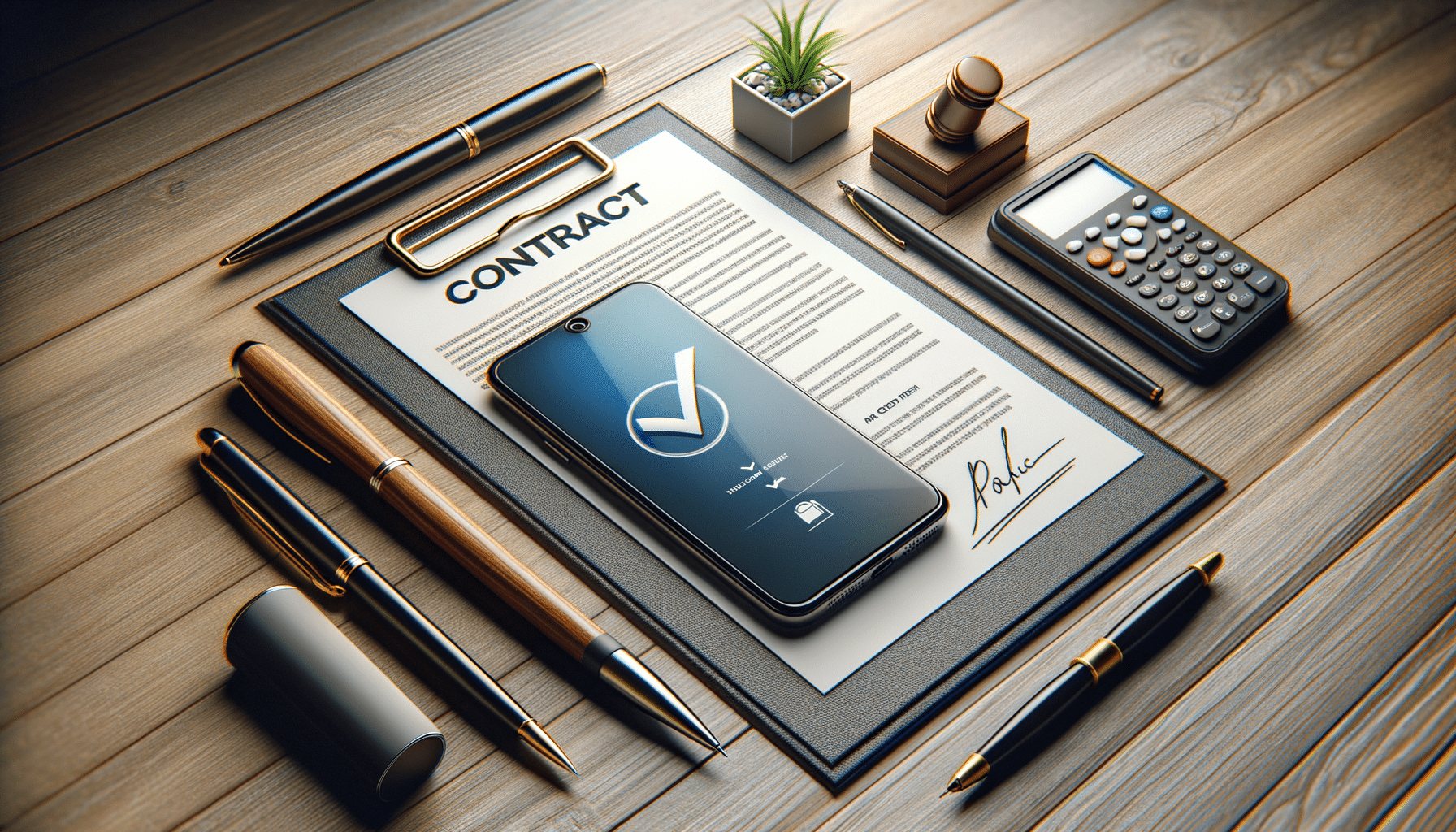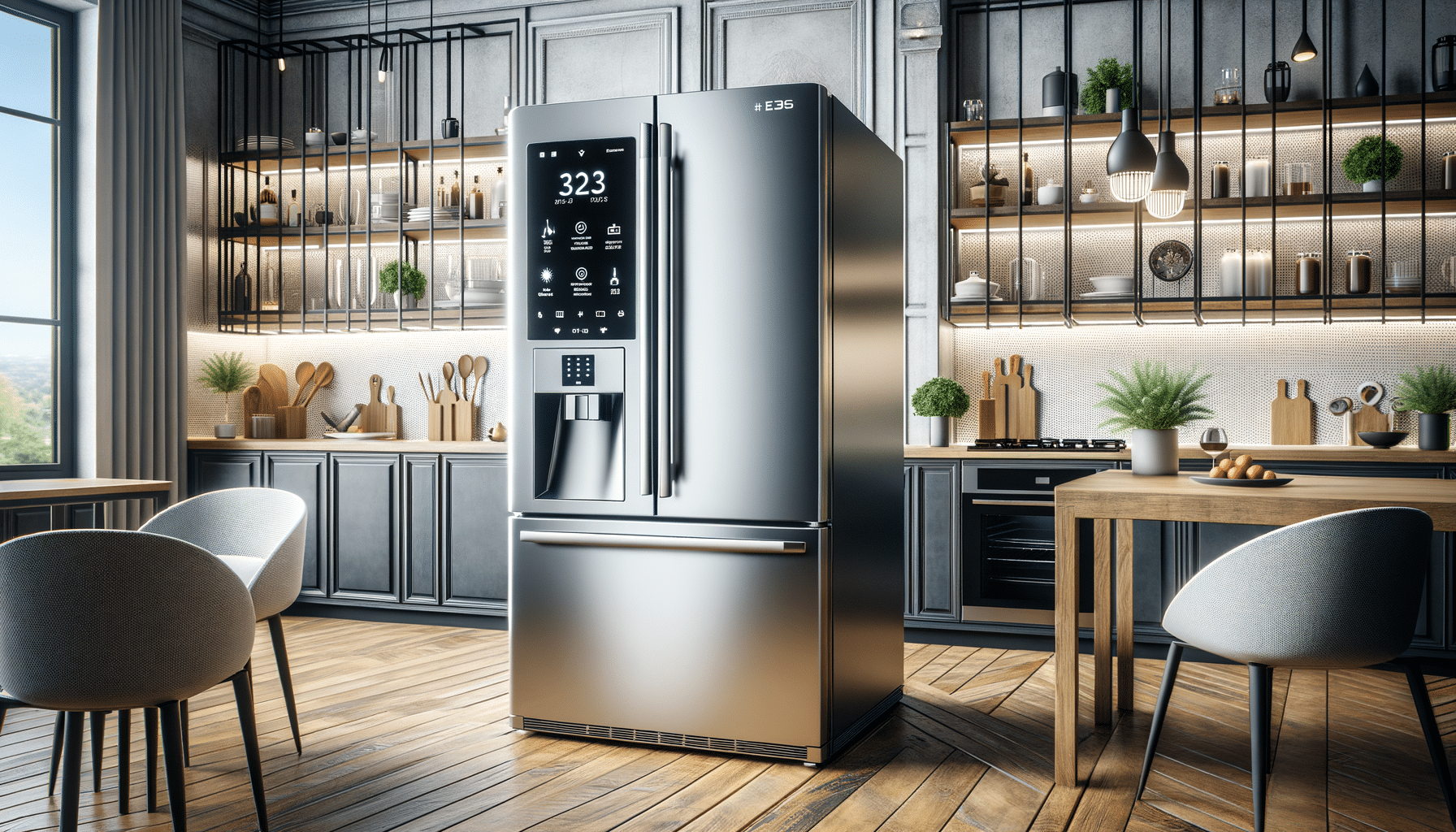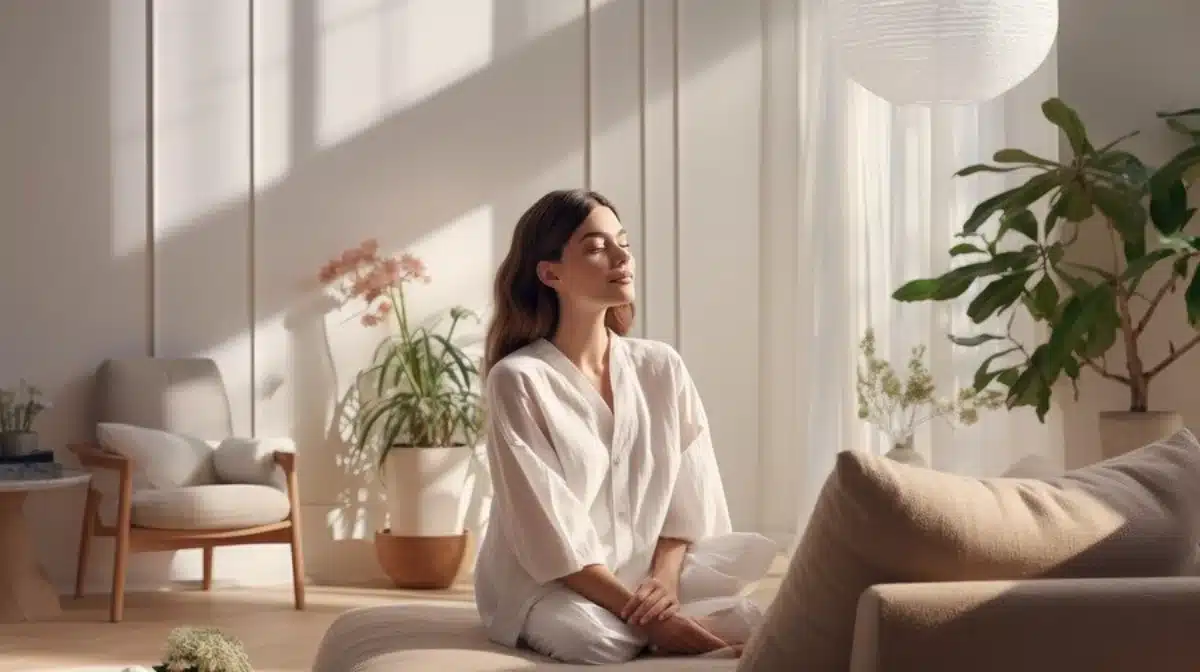
How to Transition to a Minimalist Lifestyle Without Overwhelm
The idea of moving to a minimalistic life can be tempting, but you can quickly get hit with overwhelm. But sorting through and parting with decades’ worth of belongings can be intimidating. Minimalism isn’t about giving up everything. It’s about figuring out what you can do without. This way, you can focus on what truly matters to you.
These strategies, however, can help ease the transition if you want to make a minimalist switch with no stress. Use these guidelines to make decluttering enjoyable and live more intentionally and peacefully.
Pro Tip:
Start small—declutter one area at a time, focus on quality over quantity, and adopt mindful habits to maintain a clutter-free, intentional lifestyle.
Quick Guide: Transitioning to a Minimalist Lifestyle Without Overwhelm
- Define Your Minimalist Goals – Understand why you want to simplify your life and what you hope to achieve.
- Declutter in Small Steps – Sort one drawer, shelf, or category at a time to prevent overwhelm.
- Use the “Keep, Donate, Discard” Method – Keep only what adds value, donate usable items, and discard the rest.
- Prioritise Quality Over Quantity – Invest in fewer, high-quality items that serve multiple purposes.
- Maintain a Clutter-Free Routine – Follow mindful shopping habits and schedule regular decluttering sessions.
- Simplify Your Digital Space – Organise files, unsubscribe from emails, and limit screen time to reduce digital clutter.
- Adopt a Minimalist Mindset – Focus on experiences over possessions, let go of guilt, and embrace simplicity.
Important:
Minimalism is not about deprivation—it’s about creating space for what truly matters. Start with small changes, be patient with the process, and enjoy the benefits of a simpler, more intentional life.
The Benefits of Minimalist Living
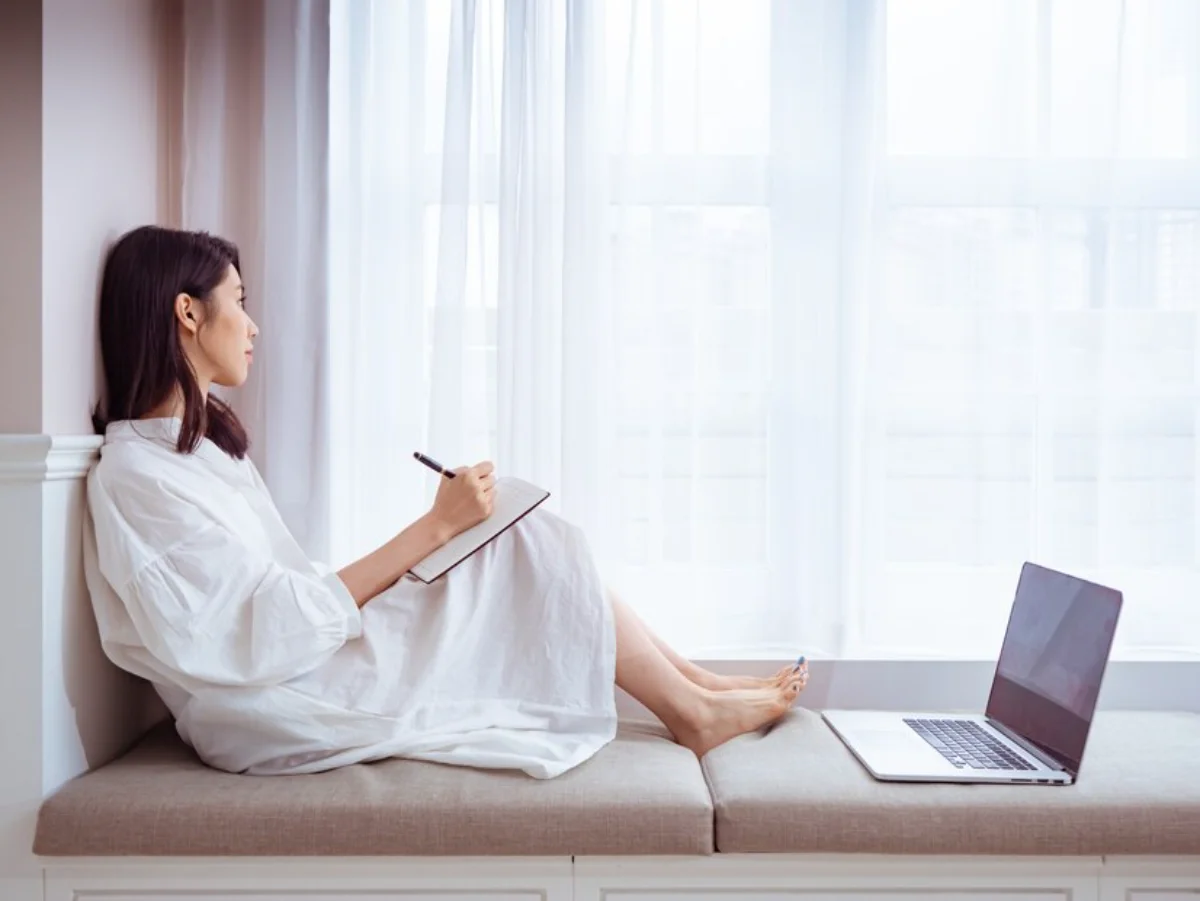
Adopting minimalism brings more than just fewer possessions. It shifts your mindset and improves various life aspects. Key benefits include:
- Less stress and anxiety – Clutter causes mental overload. A minimalist space promotes calmness.
- More financial freedom – Spending less on unnecessary items lets you save for experiences.
- Easier decision-making – A clutter-free life simplifies choices and streamlines tasks.
- More time for what matters – Fewer distractions let you focus on hobbies, relationships, and self-care.
- Sustainable living – Reducing consumption lowers your environmental impact.
Ready to enjoy these benefits? Let’s explore how to start your minimalist journey without feeling overwhelmed.
Step 1: Define Your Minimalist Goals
Before decluttering, reflect on why you want minimalism. Ask yourself:
- What do I want to achieve?
- How do I envision my home and lifestyle?
- Which areas of my life feel cluttered or stressful?
Clear intentions keep you motivated and prevent frustration.
Step 2: Start Small to Avoid Overwhelm
A common mistake in transitioning to minimalism is trying to do too much too soon. Start with small areas instead of decluttering your entire home in one go. Here are some beginner steps:
- Declutter one drawer or shelf at a time.
- Choose one category (clothes, books, or kitchenware) to sort first.
- Use the “One-Minute Rule” – If a task takes less than a minute, do it immediately.
- Set a timer for 15-30 minutes and focus on decluttering within that time.
These small actions lead to significant changes over time.
Step 3: Use the “Keep, Donate, Discard” Method
When sorting belongings, use the three-box method:
- Keep – Items that serve a purpose and bring you joy.
- Donate – Items are in good condition and can be used by others.
- Discard – broken or unusable items that need to go.
This method streamlines decluttering, making it less overwhelming.
Step 4: Focus on Quality Over Quantity
Minimalism isn’t about having the fewest things; it’s about keeping what truly adds value. Invest in fewer high-quality items instead of many low-quality ones.
- Buy versatile clothing that matches multiple outfits.
- Choose durable furniture over trendy, disposable pieces.
- Invest in multi-purpose kitchen tools to reduce clutter.
Focusing on quality over quantity fills your home with meaningful items.
Step 5: Create a Clutter-Free Routine
Minimalism is an ongoing process, not a one-time event. Build habits to prevent clutter accumulation. Here are some strategies:
- Follow the “One In, One Out” Rule – If you buy something new, remove something old.
- Practice mindful shopping – Ask yourself if you need an item.
- Schedule regular decluttering sessions – Set a monthly or seasonal reminder to reassess belongings.
- Keep flat surfaces clear – This instantly makes your space look more organised.
Consistency helps maintain a minimalist home without constant decluttering.
Step 6: Embrace Digital Minimalism
Minimalism also applies to digital clutter. A chaotic inbox or too many apps can cause mental overwhelm.
To practice digital minimalism:
- Unsubscribe from unwanted emails.
- Delete unnecessary apps and organise your phone’s home screen.
- Set screen time limits to reduce distractions.
- Back up important files and delete duplicates to keep your digital space tidy.
Simplifying your digital life frees up mental space and improves focus.
Step 7: Adopt a Minimalist Mindset
Beyond decluttering, a minimalist lifestyle involves a shift in perspective. Here are some mindset tips:
- Value experiences over possessions – Prioritize travel, hobbies, and relationships.
- Let go of guilt – Don’t keep items just because they were gifts or expensive.
- Find contentment in simplicity – Appreciate having just enough instead of always wanting more.
- Be patient with the process – Minimalism is a journey. Give yourself time to adjust.
A minimalist mindset fosters an appreciation for what you have.
Common Concerns About Minimalism (and How to Overcome Them)
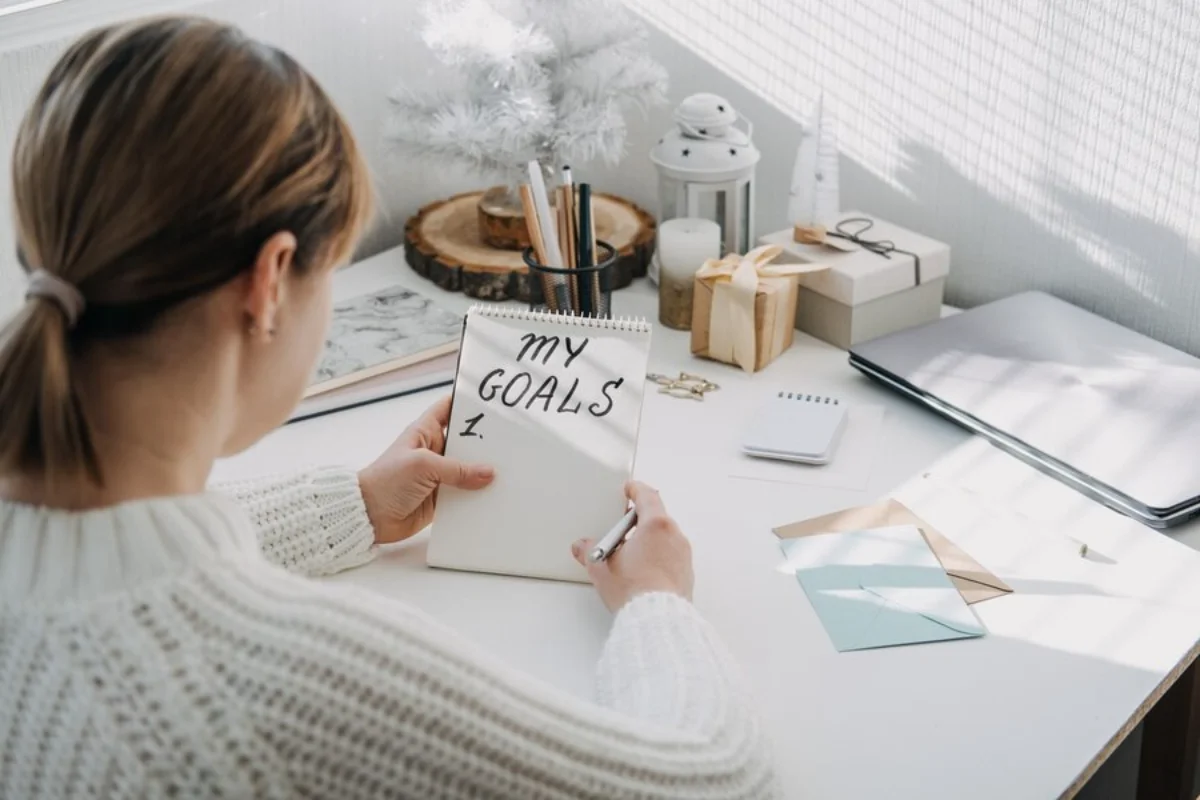
“I’m afraid of getting rid of something I’ll need later.”
Solution: Store questionable items in a “maybe box.” If you don’t use them in six months, let them go.
“Minimalism seems too extreme.”
Solution: Minimalism is personal. Focus on progress, not perfection, and adopt what fits you.
“What if my family isn’t on board?”
Solution: Lead by example. Show the benefits of minimalism through your lifestyle without pressuring others.
FAQs About Transitioning to Minimalism
1. How do I start minimalism without feeling overwhelmed?
Begin with small areas, like a single drawer or category, and gradually expand to other spaces.
2. What if I regret getting rid of something?
Use a “maybe box” for uncertain items. If you don’t use them in six months, donate or discard them.
3. How can I stop clutter from coming back?
Follow the “One In, One Out” rule—whenever you bring in a new item, remove an old one.
4. What if my family isn’t supportive of minimalism?
Lead by example and focus on your own space. Over time, they may appreciate the benefits and join in.
5. Can I practice minimalism without giving up everything I own?
Absolutely! Minimalism is about keeping what adds value and removing unnecessary distractions—not about having the least amount of things.
Simplify Your Life with a Stress-Free Minimalist Transition
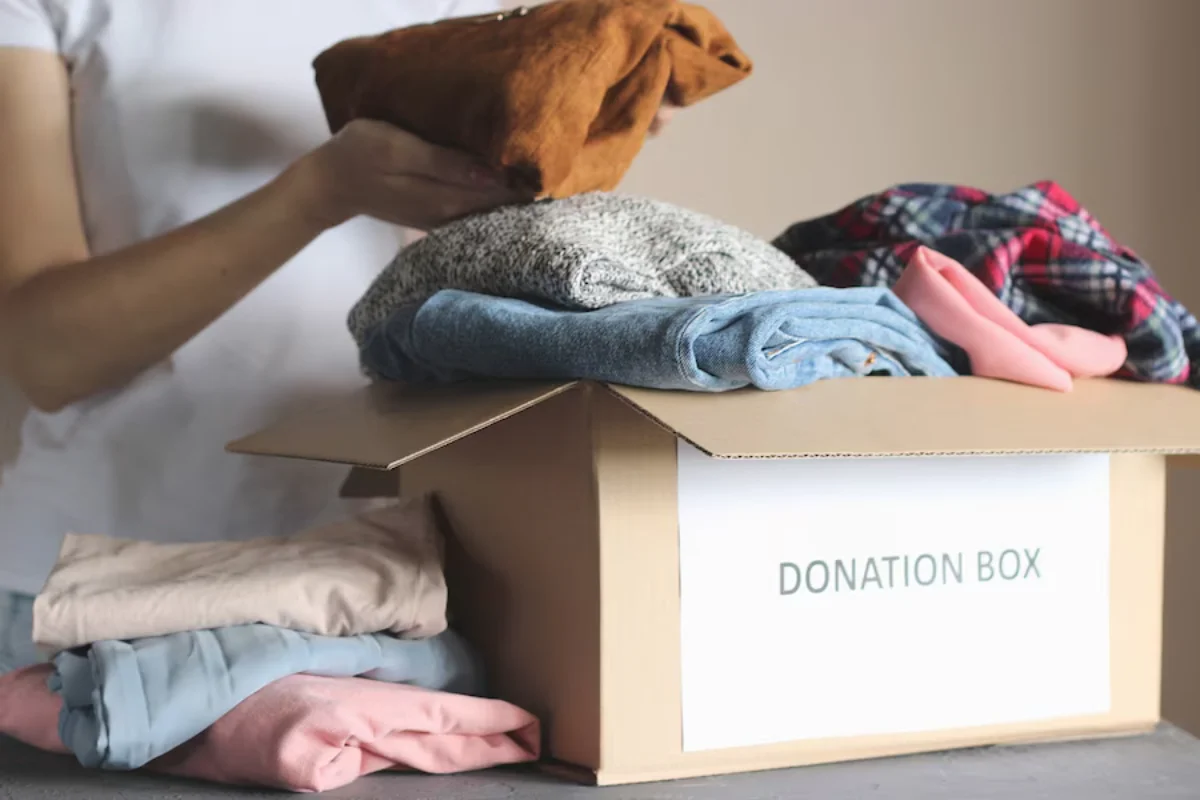
Many tips make minimalist life sound like something you’d like to try, then overwhelm and whack you out. But sifting through and letting go of decades’ worth of belongings can feel daunting. But minimalism isn’t about denying yourself — it’s about figuring out what you can live without so you can spend time doing things that matter to you.
But some strategies can smooth the transition if you want to make a stress-free minimalist switch. Use these guidelines to make decluttering enjoyable and live more intentionally and peacefully.
